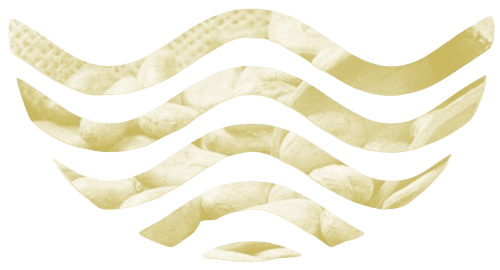
History of 360 Waves
Share
The History of 360 Waves: A Timeless Hair Trend
360 waves, a popular and iconic hairstyle in the Black community, have been a defining element of style, culture, and individuality for decades. Their roots are deeply embedded in history, representing more than just a grooming preference but also a cultural expression that continues to evolve and inspire. This article explores the origins, development, and lasting influence of 360 waves in the world of hair and fashion.
The Origins of 360 Waves
The concept of "waves" dates back to ancient African civilizations. African hair textures have always been celebrated for their versatility and unique characteristics. Historical accounts suggest that early forms of hair grooming and styling were practiced using natural tools and oils. Hair was often styled in intricate patterns to signify cultural identity, tribal affiliation, or social status.
Fast-forward to the 20th century, waves as a specific style gained popularity during the Harlem Renaissance in the 1920s and 1930s. This was a period of cultural flourishing for African Americans, and hair became a form of self-expression. Men began to embrace sleek, styled looks using pomades, brushes, and stocking caps—the predecessors of today’s durags—to create and maintain waves.
The Evolution of 360 Waves
By the 1970s and 1980s, waves evolved into a signature style for Black men. During this time, grooming products tailored to textured hair, such as pomades and conditioners, became widely available, making it easier to achieve and maintain waves. The style was not just a fashion statement but also a reflection of personal pride and cultural identity.
The term "360 waves" specifically refers to the uniform ripple pattern that wraps around the entire head, resembling the natural waves of water. Achieving this look requires dedication, patience, and the right tools, including a wave brush, moisturizer, pomade, and a durag. As hip-hop culture rose to prominence in the 1990s and early 2000s, 360 waves became a staple among artists, athletes, and influencers, further cementing their status as a cultural phenomenon.
The Role of Modern Products and Techniques
Today, 360 waves are more accessible than ever, thanks to innovative products and advanced grooming techniques. Brands like Wavebuilder have revolutionized wave care by offering specialized kits, pomades, and shampoos tailored for textured hair. These products not only simplify the wave-building process but also promote healthier hair.
Social media platforms like Instagram, YouTube, and TikTok have created a global community of wave enthusiasts. Tutorials, product reviews, and styling tips are readily available, allowing beginners and experts alike to perfect their waves. The cultural significance of 360 waves continues to grow as they remain a symbol of confidence, style, and Black heritage.
The Cultural Impact of 360 Waves
360 waves are more than a hairstyle—they are a statement of resilience, creativity, and cultural pride. For many, the journey to achieving waves is a rite of passage that teaches discipline and patience. Waves have transcended generations, remaining a beloved style among young men, professionals, and celebrities alike.
How to Start Your 360 Wave Journey
If you’re looking to achieve flawless 360 waves, here are some essential steps:
Brush Regularly: A high-quality wave brush is crucial for training your hair to form waves. Brush in consistent, circular motions for the best results.
Moisturize: Keep your hair hydrated with wave-friendly moisturizers and pomades to maintain shine and texture.
Use a Durag: Wear a durag to lock in moisture and protect your wave pattern while you sleep.
Be Patient: Building waves takes time, so stay consistent with your routine.
Conclusion
The history of 360 waves is a testament to the enduring power of Black culture and creativity. From their origins in African traditions to their modern-day prominence, waves have remained a timeless and iconic hairstyle. Whether you’re a beginner or a seasoned wave enthusiast, embracing 360 waves is about more than style—it’s about celebrating heritage and individuality. Start your wave journey today and carry forward this rich legacy with pride.
